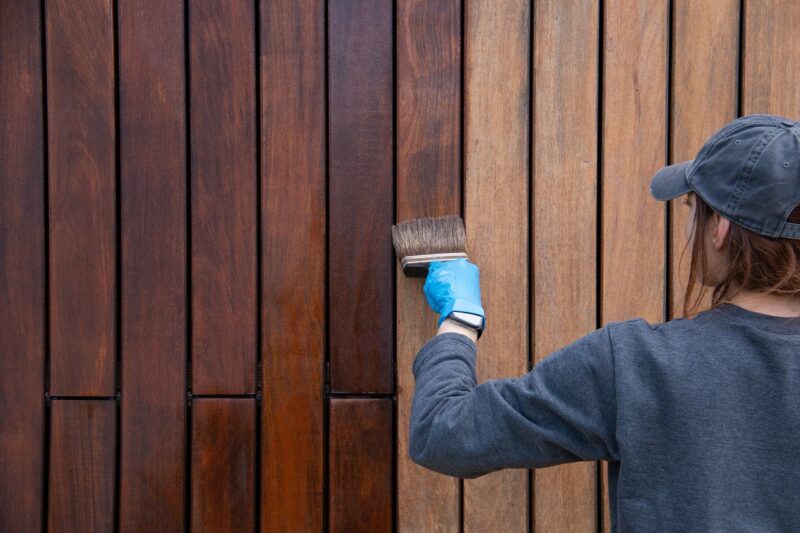Published: 28/12/23 By: Mike Bekin
Timber cladding is a popular choice for both interior and exterior applications because of its natural beauty and versatility. However, because it is natural, this does mean it comes with some characteristics, such as shrinkage, which does not suit it well for construction. When the moisture levels around timber change, it can contract and become smaller in size, which is a problem if you have not planned for it!
Luckily, though, our team at EcoChoice is always prepared so that you do not have to worry. Here are our top tips for planning for and dealing with timber shrinkage in your cladding project.
Choose the Right Timber Species
Some species of timber shrink more than others. If you know your timber cladding boards are going to be subject to changes in humidity, such as for boards on a bathroom wall or the exterior of a building, it is good to choose a species well known for its stability and resistance to shrinkage. Timber species such as Oak, Cedar and Siberian Larch are all good choices.
Check the Moisture Content
Before installing your timber, it is smart to check that it has the appropriate moisture content. Usually, we recommend around 16%. You can also acclimate the timber to the environment in which it is to be used, leaving the wood in situ for a few days to match long-term conditions before you install the boards.
Proper Sizing
Be sure to account for shrinkage when determining the dimensions of your cladding boards. Timber shrinks primarily along its width and thickness. You can use spacers when installing your cladding to maintain even gaps between the boards and thus accommodate some movement.
Seal the Ends
If you are using untreated wood, or cutting your timber, seal the cut ends with a suitable wood preservative or sealer. This will help to trap the moisture in the wood and prevent moisture loss from any exposed areas.
Ventilation and Drainage
Have you thought of ventilation? Ensuring the air can flow and water can drain on your cladding site is a must if you want to minimise movement. Proper ventilation, in particular, can help reduce the risk of moisture-related issues which cause timber to swell or shrink.
Finish your Timber
Some pre-treated timbers will not need finishing straight away. However, even products like ThermoWood (which are super tough, treated timbers) will need maintenance to extend their lifespan and prevent shrinking. Apply a protective finish to the timber cladding, such as paint, stain or wood oil. A good finish not only enhances the aesthetics but also helps protect the timber from moisture absorption or excessive drying, reducing the risk of shrinkage for timber cladding and keeping it looking great every year.
Monitor Your Timber Cladding
After your cladding is installed, keep an eye on how it is doing. Be aware that some small adjustments might be needed as your timber settles. If you spot an issue, e.g. shrinkage or swelling, call in a professional who can help you solve the problem before it ruins your cladding.
Ask Our Team at EcoChoice
At EcoChoice, we always help our timber customers with any questions they have. If you are concerned about shrinkage, looking for installation tips, or want advice on how to best look after your cladding boards after they have been installed, get in touch with us today. We are always ready to lend a hand!
Image: Radoslav Cajkovic / Shutterstock.com
Tags: Cladding, Maintenance, Timber
Categories: Insights
